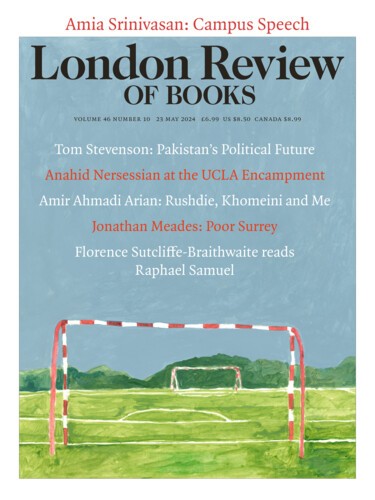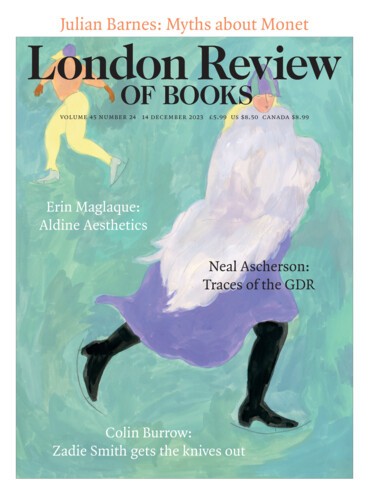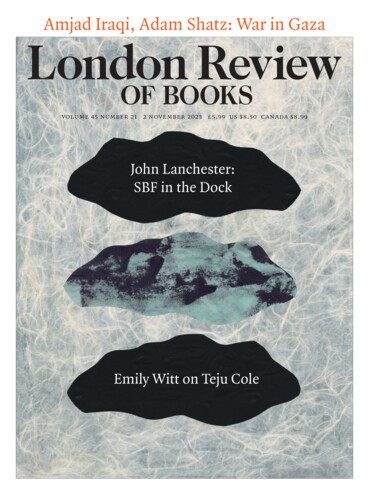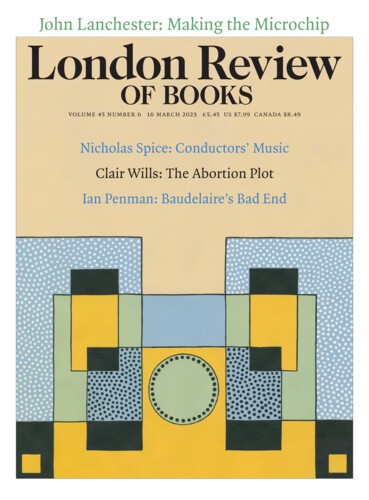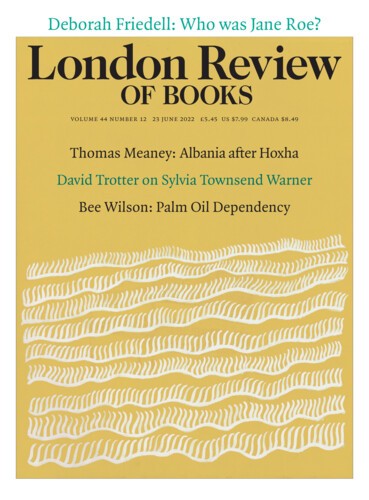On Jan Lievens
John-Paul Stonard, 23 May 2024
Tronies were character studies, popular among 17th-century Dutch and Flemish painters: useful images, painted from life and often recycled in larger works. They weren’t portrait commissions, and as tools for artists they were less bound by convention and the need for flattery. The tronie face might be laughing, crying, whistling, shouting, grinning, gurning. But they were sometimes...
